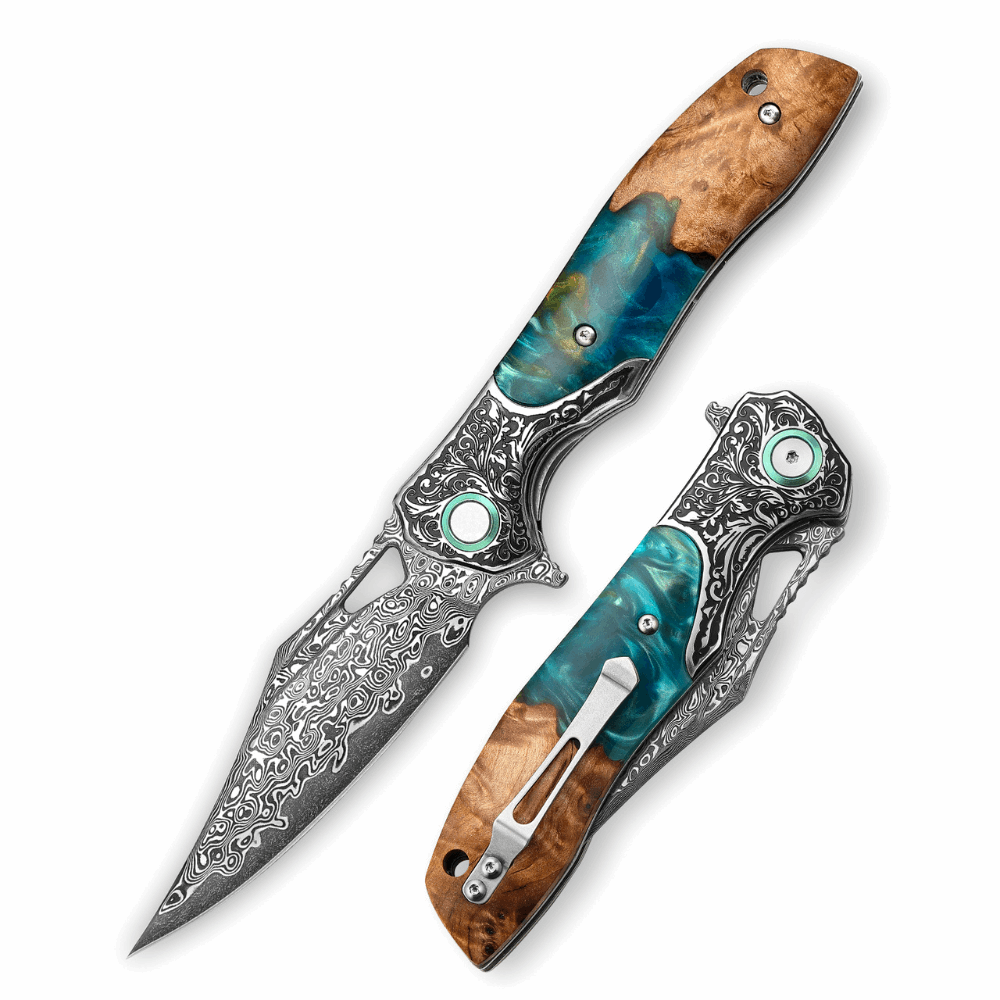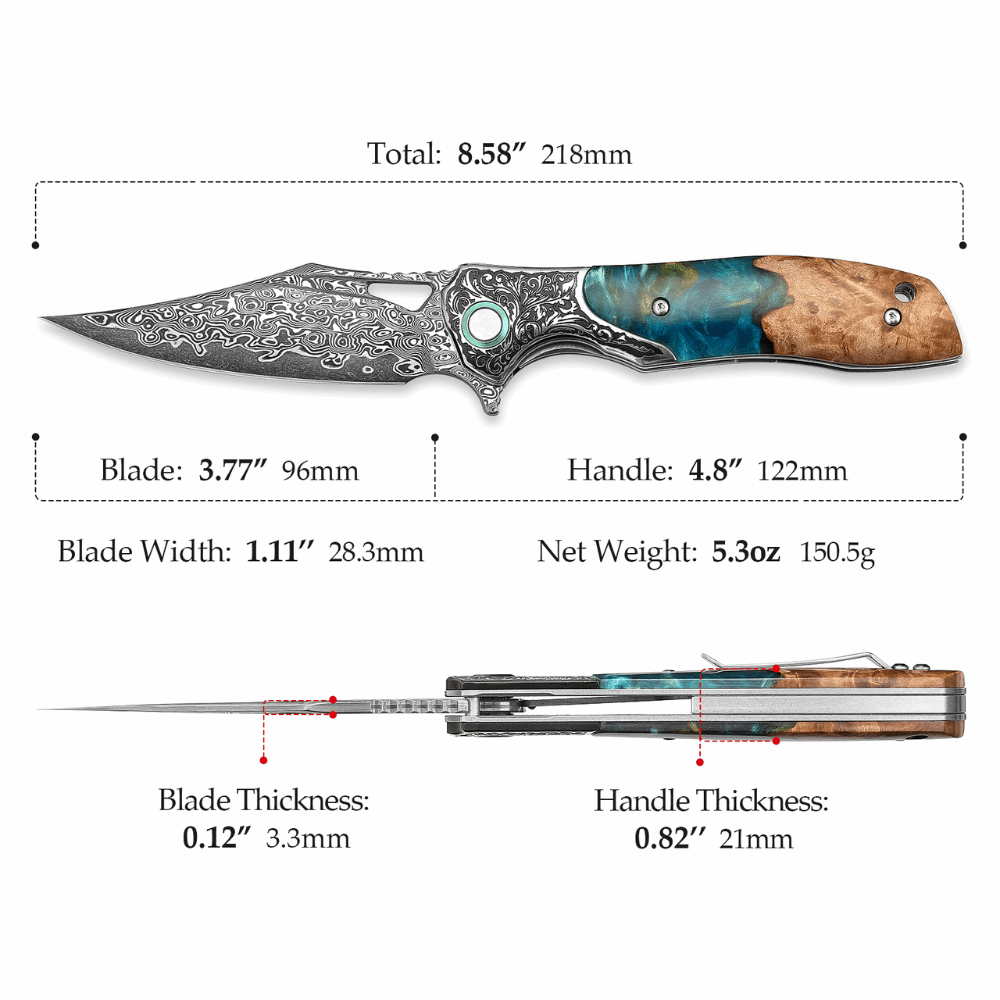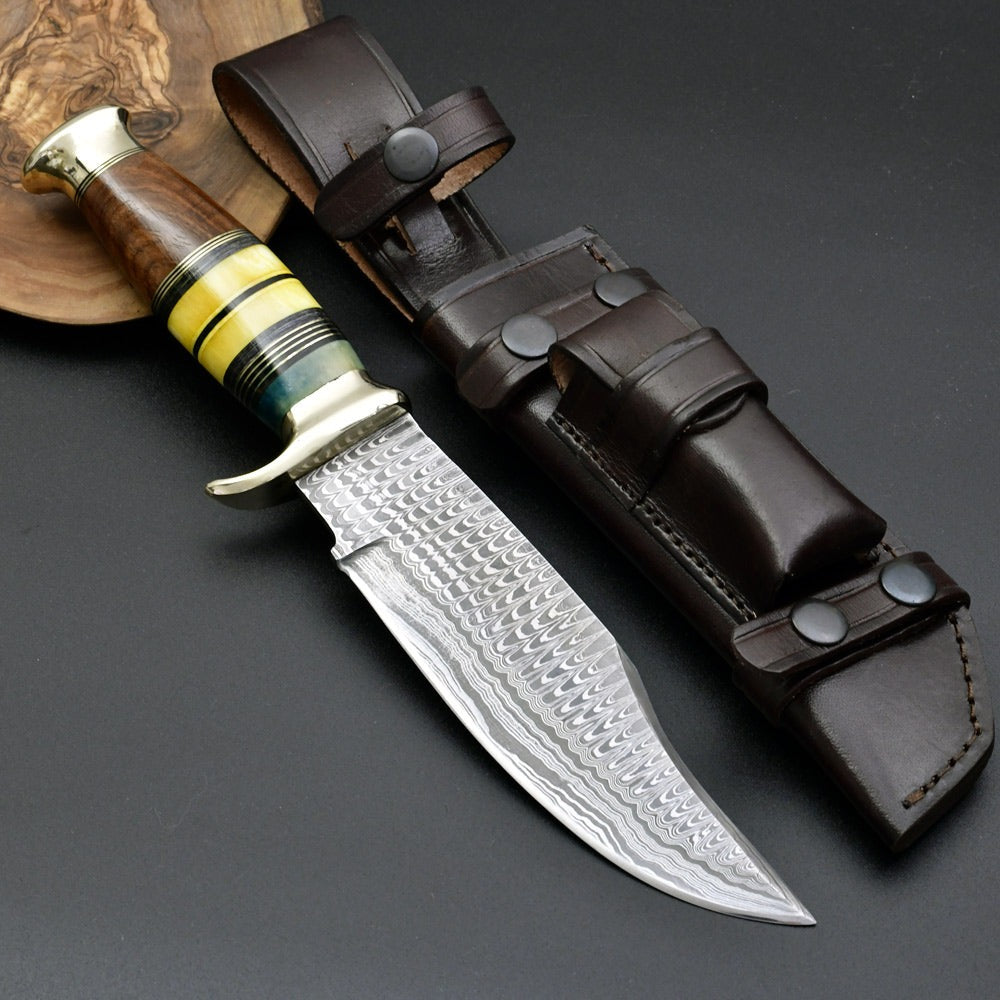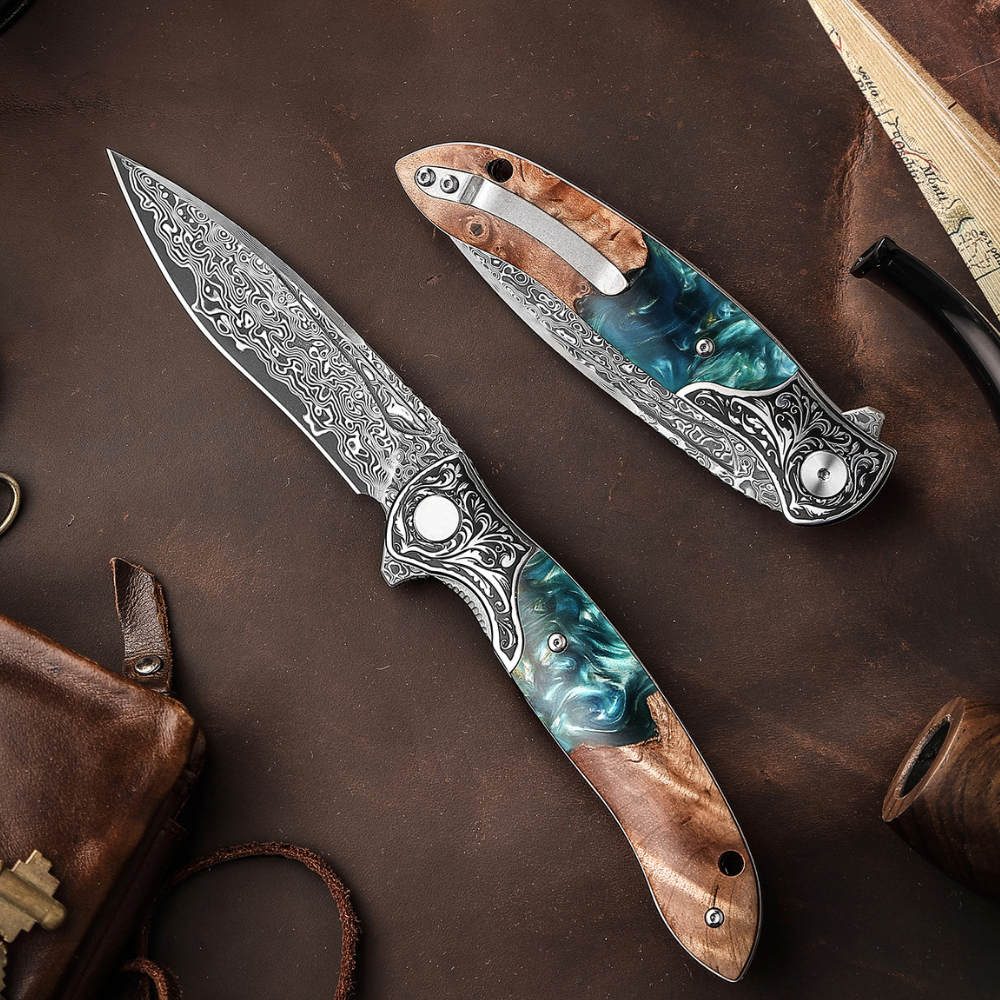Engraving, a craft as old as civilization itself, continues to hold a significant place in our lives. This art form involves incising a design onto a hard, flat surface, creating a print for an image, text, or pattern. The practice of engraving spans across cultures and epochs, marking its presence in the annals of human history.
The Historical Significance of Engraving
Engraving’s roots can be traced back to the ancient times when it was used for decorating armory and creating art. The technique evolved over the centuries, with its pinnacle during the Renaissance. Artists like Albrecht Dürer revolutionized engraving, elevating it to a form of high art.
Modern Engraving Techniques
Today, engraving has embraced modern technology. Laser engraving, for instance, uses high-powered lasers to etch designs onto various materials. Despite technological advancements, traditional methods like hand engraving continue to be revered for their craftsmanship and uniqueness.
The Versatility of Engraving
Engraving is not limited to any specific material. Metals, wood, glass, and even leather are common canvases. This versatility makes it a popular choice for personalizing a wide range of items, from jewelry to commemorative plaques.
Engraving in Everyday Life
1. Personalized Gifts: Engraved items are a popular choice for gifts, adding a personal touch to special occasions.
2. Awards and Recognition: Engraved trophies and plaques are staples in the corporate world, symbolizing achievement and appreciation.
3. Artistic Expression: Artists continue to use engraving as a medium for detailed and enduring artworks.
The Process of Engraving
The process of engraving requires precision and skill, especially in hand engraving. The engraver uses tools like burins or lasers to cut into the surface, creating lines that form an image or text. The depth and thickness of these lines can vary, adding texture and shading to the design.
Preserving Memories and Marking Moments
Engraving serves as a way to immortalize memories and mark significant life moments. Whether it’s a name engraved on a wedding band or a special date inscribed on a keepsake, these engraved items hold sentimental value, often passed down through generations.
Conclusion: A Blend of Art and Emotion
Engraving stands at the intersection of art and personal expression. It’s a testament to the human desire to make a mark, to celebrate, and to remember. In a world that is increasingly digital and transient, the enduring nature of engraved items offers a tangible connection to our stories and histories.
The Historical Significance of Engraving
Engraving’s roots can be traced back to the ancient times when it was used for decorating armory and creating art. The technique evolved over the centuries, with its pinnacle during the Renaissance. Artists like Albrecht Dürer revolutionized engraving, elevating it to a form of high art.
Modern Engraving Techniques
Today, engraving has embraced modern technology. Laser engraving, for instance, uses high-powered lasers to etch designs onto various materials. Despite technological advancements, traditional methods like hand engraving continue to be revered for their craftsmanship and uniqueness.
The Versatility of Engraving
Engraving is not limited to any specific material. Metals, wood, glass, and even leather are common canvases. This versatility makes it a popular choice for personalizing a wide range of items, from jewelry to commemorative plaques.
Engraving in Everyday Life
1. Personalized Gifts: Engraved items are a popular choice for gifts, adding a personal touch to special occasions.
2. Awards and Recognition: Engraved trophies and plaques are staples in the corporate world, symbolizing achievement and appreciation.
3. Artistic Expression: Artists continue to use engraving as a medium for detailed and enduring artworks.
The Process of Engraving
The process of engraving requires precision and skill, especially in hand engraving. The engraver uses tools like burins or lasers to cut into the surface, creating lines that form an image or text. The depth and thickness of these lines can vary, adding texture and shading to the design.
Preserving Memories and Marking Moments
Engraving serves as a way to immortalize memories and mark significant life moments. Whether it’s a name engraved on a wedding band or a special date inscribed on a keepsake, these engraved items hold sentimental value, often passed down through generations.
Conclusion: A Blend of Art and Emotion
Engraving stands at the intersection of art and personal expression. It’s a testament to the human desire to make a mark, to celebrate, and to remember. In a world that is increasingly digital and transient, the enduring nature of engraved items offers a tangible connection to our stories and histories.





























Deixe um comentário